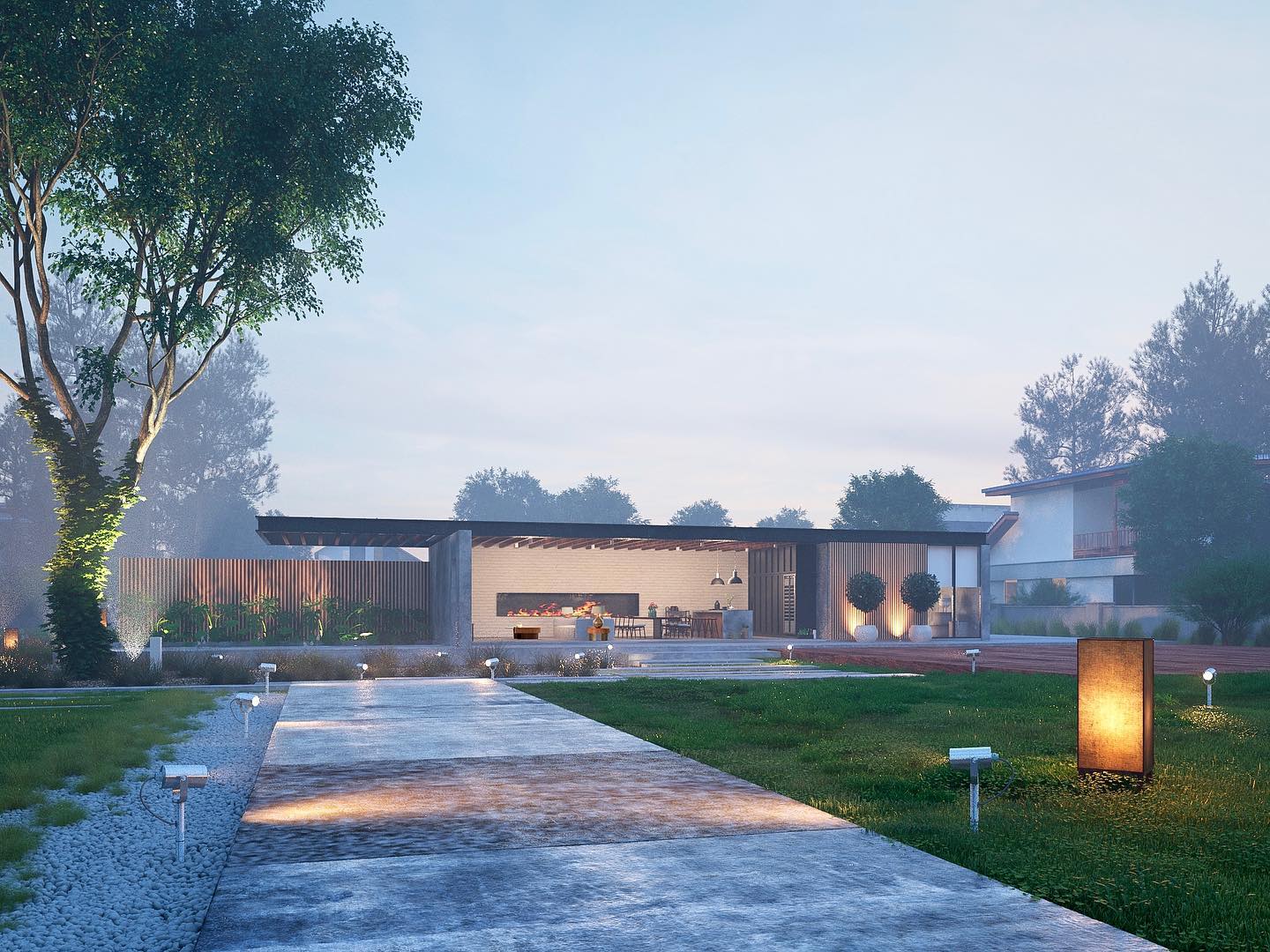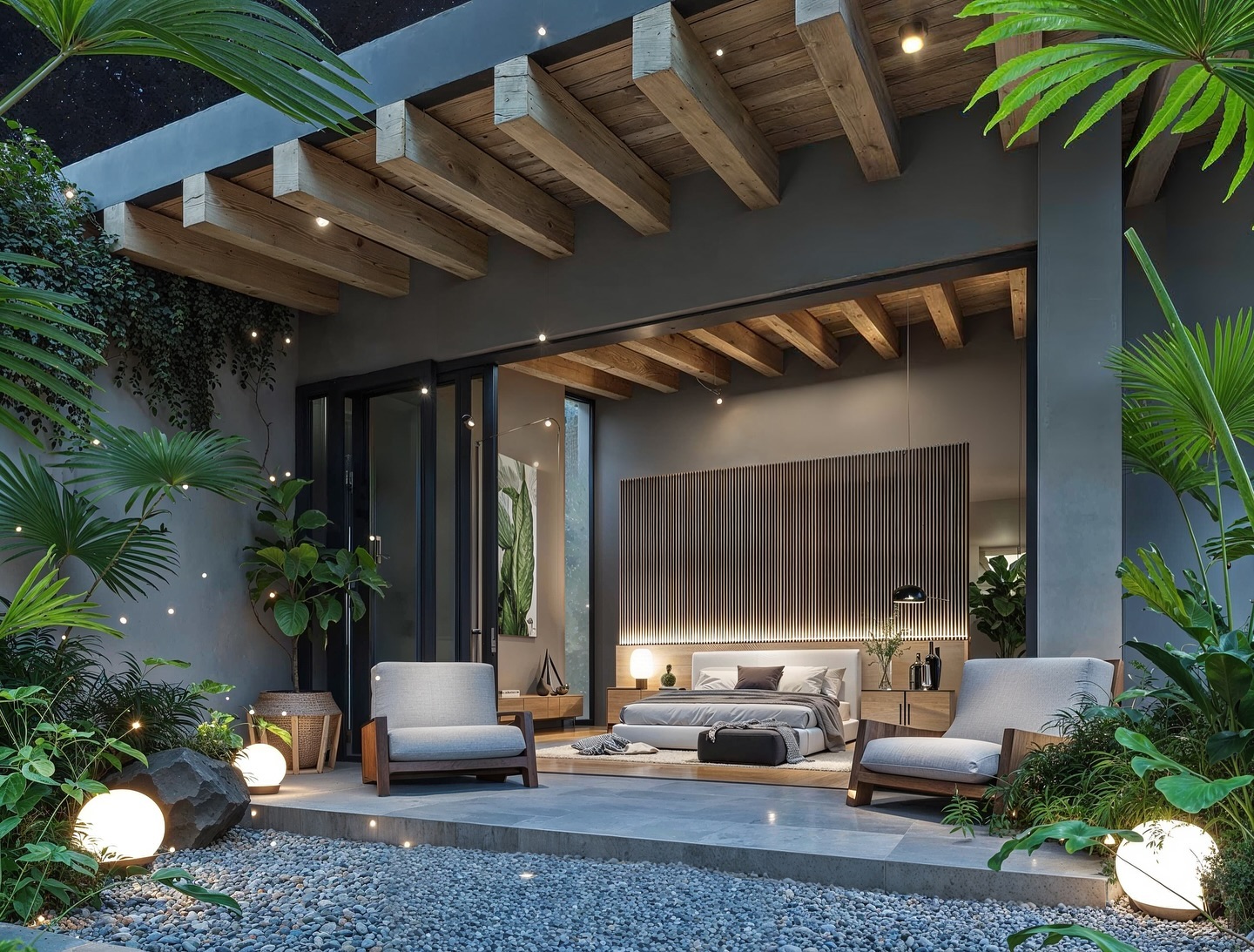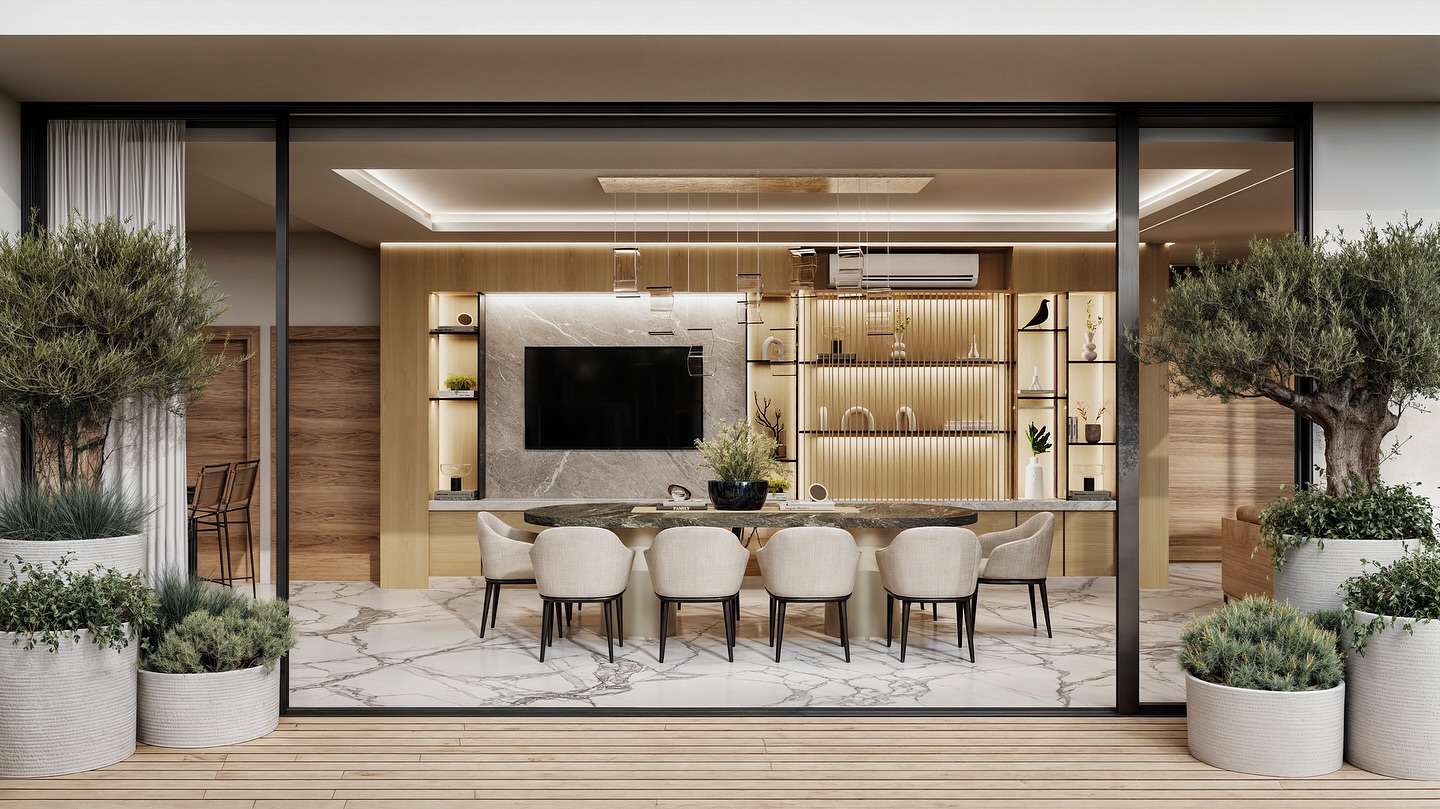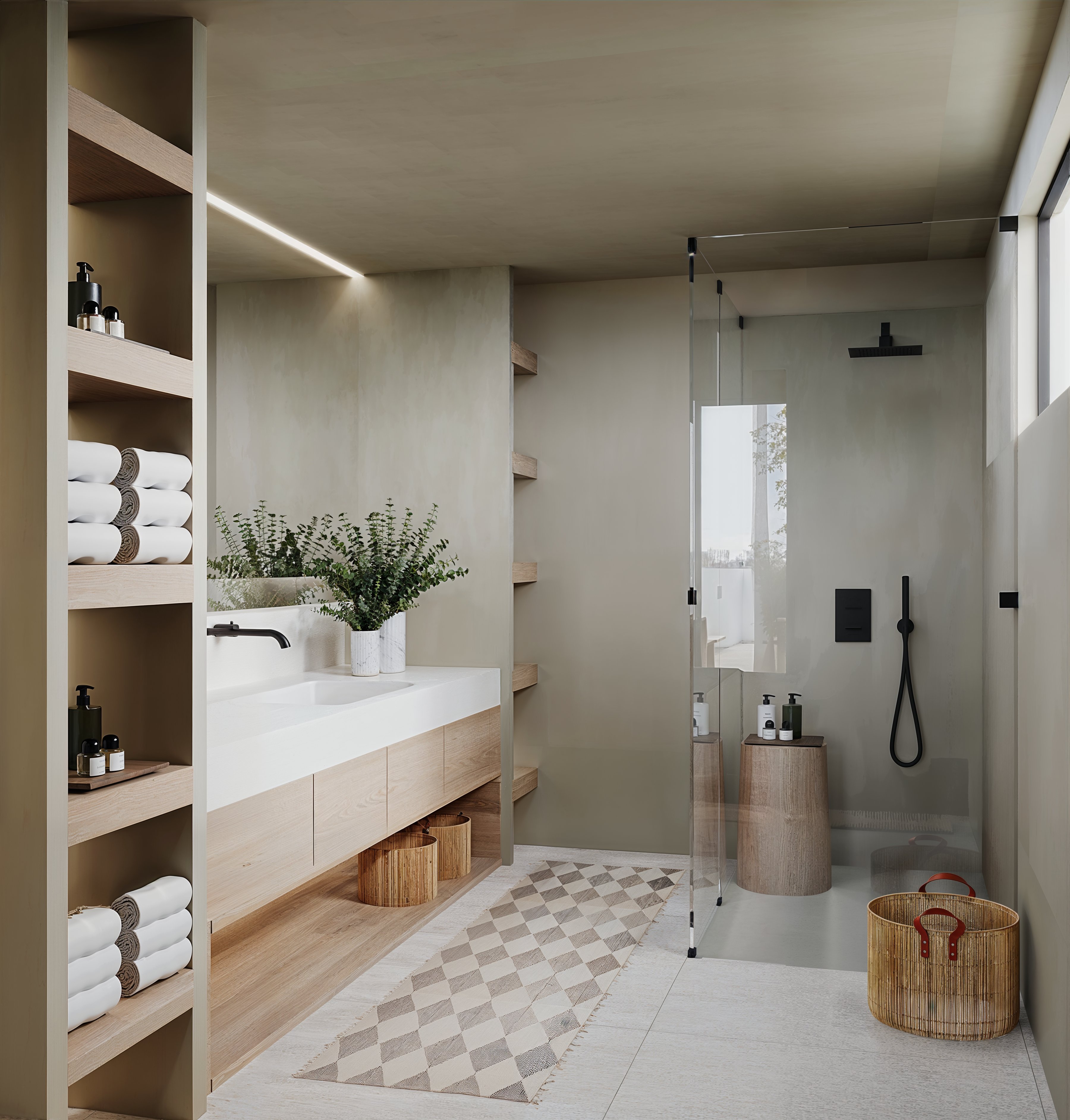How AI Is Transforming 3D Rendering

The world of 3D rendering is undergoing a quiet revolution—driven by artificial intelligence (AI). What once took hours of manual effort can now be assisted or accelerated by machine learning tools that analyze, predict, and automate key parts of the workflow.
At Ambar Estudio, we constantly explore new ways to deliver faster, smarter, and more cost-effective 3D rendering services. Here’s how AI is reshaping the way renders are produced—and how your next project can benefit.
1. AI-Assisted Scene Setup
* Automatic object placement: AI can analyze a floor plan and suggest optimal furniture layouts based on real-world ergonomics and design trends.
* Smart camera framing: Algorithms can select ideal angles and focal lengths to highlight architectural features—saving hours of trial-and-error composition.
* Lighting presets: AI tools can detect room orientation and recommend lighting setups that simulate real-world daylight and mood lighting.
These tools accelerate the early phases of a rendering project, letting artists focus more on creative direction and storytelling.
2. Faster Rendering with AI Denoising
* AI denoisers such as those in V-Ray, Octane, or Arnold use deep learning to clean up noisy renders in seconds—allowing for high-quality results at lower sample rates.
* This drastically reduces render times and hardware strain, especially for complex scenes with global illumination, reflections, and caustics.
* At Ambar Estudio, we integrate denoising as part of our post-process workflow to deliver faster turnarounds without sacrificing image quality.
3. Material & Texture Enhancement
* AI texture upscaling: Tools like Topaz or Adobe’s AI can turn low-res material samples into sharp, print-quality textures.
* Material recognition: Some platforms now allow AI to scan real-world surfaces (via photos) and recreate them as seamless 3D materials with correct roughness, reflectivity, and scale.
This means faster creation of libraries and more realistic materials—especially helpful when custom textures are needed.
4. AI in Post-Production
* Background replacement: AI can mask elements or replace skies with photorealistic HDRI environments.
* Color grading assistants: Machine learning tools can suggest cinematic color palettes that enhance the mood of a scene.
* Style transfer: Neural networks can apply artistic styles (e.g. hand-drawn or watercolor) to 3D render outputs for unique presentations.
AI enhances the creativity of the post-production stage—great for portfolio work or marketing assets.
5. Predictive Design & Feedback
* AI-driven analytics can evaluate design efficiency by simulating occupant movement, lighting behavior, or energy flow within a rendered space.
* These insights allow designers and clients to make informed decisions before anything is built.
At Ambar Estudio, we’re exploring how predictive tools can offer smarter feedback for our architectural visualization clients.
Conclusion: AI + Human Creativity = Next-Gen Rendering
AI is not replacing 3D artists—but it’s helping them work smarter, faster, and more creatively. From setup to rendering and post-production, AI tools are reducing repetitive work and elevating results.
At Ambar Estudio, we combine advanced software like 3ds Max and V-Ray with AI-powered enhancements to deliver high-end renderings with maximum efficiency.
Want to see how AI can improve your next project? Contact Ambar Estudio and let’s create something extraordinary together.
Written by Rafael Arredondo
Ambar Estudio Team
Related Articles


